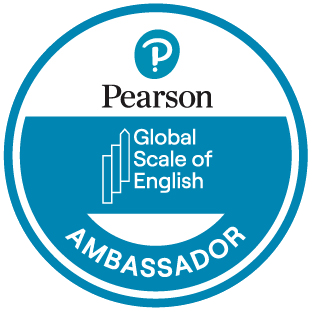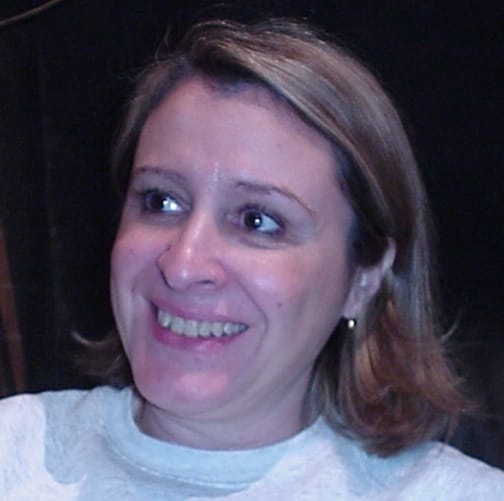
Measuring the ROI of Business English (Part 1): How the GSE and KPIs drive real impact
An L&D manager opens a slide deck and says, “Seventy people are on Business English this quarter. The feedback is positive. Here are a few quotes.” A finance manager nods, then asks the only question that really matters when budgets are tight:
“What measurable change has this brought about in the business?”
If that scene feels familiar, you’re not alone.
It’s almost cliché to say that English is no longer a nice-to-have in business. Across sectors, it’s a standard requirement across sectors. Leaders are demanding results, and employees who increasingly value the confidence that English brings, as Pearson’s 2024 report clearly shows. And yet, many organizations still treat language training as a recurring calendar entry rather than a strategic lever. Classes happen, materials circulate, learners attend. Business as usual.
Then the inevitable question arrives: Is this actually working?
The question “What’s our ROI (Return on Investment) on Business English courses?” echoes across the boardroom table. Out come the attendance charts, school-issued progress reports, maybe a few glowing comments. Useful? The Germans would say jein, yes and no (and of course they have a word for that).
The case for measuring what matters
If the above sounds familiar, or if I’ve simply managed to grab your attention, keep reading. Over this short two-part series, I’ll show how to build a measurement philosophy for language training using KPIs, explain why independent assessment via the Global Scale of English (GSE) is your best ally, and illustrate how all these datapoints come together in the only metric every boardroom finds attractive: ROI.
I’ll also show how the Pearson English International Certificate (PEIC) ticks that final box of recognition and reward. Although this post is primarily aimed at business stakeholders, I invite everyone in the EFL world to see how the GSE can serve as a business tool, alongside its methodological prowess.
KPIs: small, steady, and meaningful
In learning and development, measurement works best when it’s little and often. KPIs shouldn’t be an autopsy at the end of a course; they should be pulse checks along the way, data you can act on.
Short feedback loops after sessions, mid-course benchmarks, quick manager observations on behavioural change - these aren’t just admin exercises. They’re your early-warning and early-celebration system rolled into one.
I like to think of KPIs as chapters in a coherent story. Each chapter answers a different question, and together they tell a narrative that HR, L&D and the board can all buy into.
Let’s start with participation and regularity. Are people showing up and staying engaged? Track attendance, lateness and, for online components, log-ins and time on task. That’s your health check. If the numbers drift, then scheduling or content might need a rethink, ideally in tandem with your provider (trust me, collaboration here pays off).
Then there’s progress in level and skills. Here, independence matters. Use baseline, mid-course and endline tests that are external to the training provider and mapped to the GSE. Because GSE operates on a 10–90 scale, it captures micro-progress that broad CEFR bands simply miss. Where the CEFR might still say “B1”, the GSE can show movement from 48 to 53. A few GSE points may not sound like much, but in the world of adult learning, that’s a genuine success story. Where CEFR might suggest stagnation, or plateauing, as we call it in Applied Linguistics - the GSE tells you the learning curve is alive and kicking.
And finally, application on the job. Is the business experiencing tangible benefits from improved communication? And since our learners are the heart of any programme, their satisfaction and motivation levels are equally telling. Low energy or disengagement is often the first sign something’s off, long before the test scores flatten.
These KPIs are deliberately mixed, with some being complex numbers and others experience-based. That’s intentional. Research in e-learning shows you need both if you want to understand what’s really happening in a course, not just what appears in the final test report.
Why GSE changes the game
The GSE isn’t just a theoretical framework, it’s an ecosystem: courseware, AI-driven assessments, analytics, the works. My experience as an LSP (Language Service Provider) owner and Head of Studies at choices® has taught me one thing: using third-party, reliable and organization-agnostic testing gives us a massive advantage. Businesses are often promised "pies in the sky". The problem? Those pies are frequently baked and taste-tested by the same baker.
Independent, GSE-based assessment is a genuine USP.
It’s external to the language services provider, which makes the data credible to L&D, HR and, most importantly, the board. It’s granular, so it captures those subtle wins that keep learners motivated. And it’s consistent across time and cohorts: gold dust when budgets are tight and every line item gets scrutinised.
When you can say, “We measure independently, we’re aligned, and here’s evidence of real progress”, you’ve earned yourself something priceless: a protected budget.
Coming up next
In the next post, I’ll move from "how" to "why", showing how these insights translate into measurable business outcomes. We’ll talk ROI: the costs (both obvious and hidden), the returns (both hard and soft), and the benchmarks that make all the difference. Because when you measure smartly, with GSE as your compass, everyone wins: learners, managers, HR and yes, even the boardroom sceptics.






















